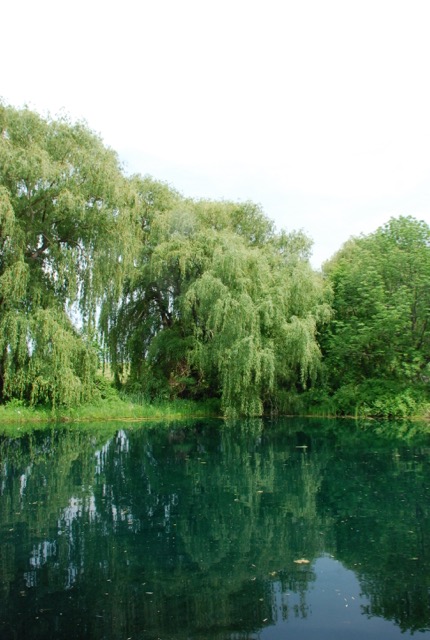Although not my usual fare, today I’m featuring A History of Baitcasting in America by Emmett J. Babler.
A History of Baitcasting in America* by Emmett J. Babler
For full disclosure, Emmett is an acquaintance, and because I’ve heard about this book from almost the time of its inception, I’ve been curious to see how it turned out. I should also disclose that I’m not a fishing expert.
What is Baitcasting?
Baitcasting is one of the five types of angling. The others are still fishing, fly fishing, spinning, and spincasting. The key aspect of baitcasting is a specific kind of reel that must be controlled when the line is released. If not properly controlled, the line can loop and tangle, which experts call “backlash.” Its main advantage is that is it useful for heavier lures and heavier fish, although it can also be better under certain fishing conditions than other methods.
History of Baitcasting
The book starts with some background about the history of fishing — or more properly, angling — in Britain and then in the colonies. For example, the author reveals that George Washington enjoyed angling. In the early 1800s, baitcasting made its debut in Kentucky as a way to improve bass fishing. From there, it spread throughout the country.
Emmett documents the changes/advancements to the equipment and techniques up to modern day, as well as the people who made them happen. He includes information about developments in fishing line, rods, and lures, too. Anglers used silk line prior to the discovery of Dacron. It seems like silk would be flimsy, but it was braided in a special way. It did deteriorate if left wet, which would possibly be an advantage. If you’ve ever walked along the shoreline of a popular fishing spot, you know what I mean.
I appreciate that Emmett has included information on the status of the fish populations over time, as well. It was surprising how early in our history the fish numbers began to decline. As more and more people started angling, over-fishing became an issue. Environmental factors also caused fish numbers to decline in many areas. Conservation soon became necessary, with stricter rules or codes to protect the fish.
This is a complete and well-researched book. The back matter includes “Works Cited,” “A Tribute to Stanley Fagerstrom,” and an Index.
Overall, A History of Baitcasting in America is engaging and informative. Anglers will find it particularly useful, but anyone interested in history may enjoy it, too.
If you’d like to learn more or contact Emmett J. Babler, be sure to visit his website.





